Have you ever seen the photos with creamy, flowing water? Or perhaps long lights streaming down busy roads? They’re stunning and bring an image to life in a way that is unique to long exposure.
One of the keys to learning long exposure is to understand the manual modes on your camera. You’ll be using the manual mode, controlling the shutter speed and the aperture. Maintaining these will help you to get the long shutter speed and control the depth of field.
Read more: Want to learn more about different types of photography? Check out the most common ones here!
How do you control long exposures?
One of the most critical parts of long exposure is keeping the camera completely still. This can be easier said than done, but investing in a good tripod will be to your benefit.
Using a remote control to trigger the taking of the photo will remove the chances of shake, and further to that, consider where the light might leak in. The viewfinder is one of those places.
There is a lot of light flooding into your camera, so mastering the use of your ISO noise reduction setting will reduce the likelihood of hot pixels. Hot pixels are where your sensor has gotten very hot and produced more noise. You’ll see RGB pixels in your images, and even slinging the photo into black and white won’t save it. And it shouldn’t either.
So what makes long exposure so much fun? And why should you take the time to learn it?
Silky water
Nature and landscape photography is beautiful. It’s filled with lights, shadows, tiny details, and so much more. Landscapes are more than just the nature that is encapsulated in the frame. They can share a mood, a story, and capture a piece of history.
Long exposure does something magical with water. It brings all of the bubbles, the flow, and the movement and turns into a creamy smooth image. Long exposure here brings in a surreal and exciting look to the water.
Take a look at the photo below for the impact that long exposure can have on an image.

photo by mikelewis350
Misty
If you are looking for a way to have multiple layers and colors blend in one photo, then long exposure can give you that.
If you place your camera in one spot and just let it capture for a little while, you might be surprised how much depth and texture the photo has. Clouds are moving across the sky, people are moving in crowds, and even when the sun is going down. Long exposure lets you control them all. You can get textures, colors, and a story about the passing of time through your lens.

photographer Nick Steinberg
There is a point where it can be too much, and you might lose what you were trying to capture, but over time you will refine your long exposure skills and produce exciting and detailed work.
Black and White Compositions
Black and white are classic, timeless, and already elegant. So it is difficult to see how you can elevate what is already beautiful into something more. Well, black and white images taken using long exposure have even more texture, and the details can be incredible.

photographer Gavin Dunbar
There will be multiple levels of greys, and the lights within the frame will be pulled even more into view. When the color is subtracted from the image, new tones and textures feel more prevalent.
Streaming lights
The images of long winding roads with snake-like lights are one of long exposures crowning glories. But long exposure can be used for more than just traffic and headlights.

Long exposure works beautifully with fireworks, star trails, and almost anything else light-based. Often these shots will need to be carefully planned because the light is most prominent at night. And while there is joy in late-night photography, getting caught in the raid or arriving at a road that has been closed can be a nightmare.
Patterns are created, and the streams of lights have multiple tones and exciting features in them.
Filters
If you want to take your experimental long exposure to another level, then filters will be your friend. Neutral Density filters will give you more light restrictions and will help to ‘trick’ your camera into finding the best exposure. You can shoot in broad daylight, with 4 seconds shutter speed, and have a correctly exposed image with an ND filter. You’ll need to understand more about using ND filters, but they can bring a new dimension to your work.

Long exposure allows photographers to play with lights, action, colors, and shutter speed in a whole new way.
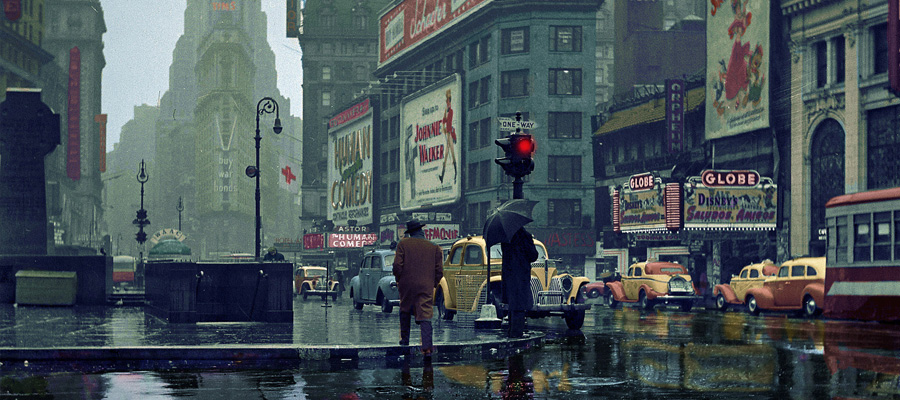
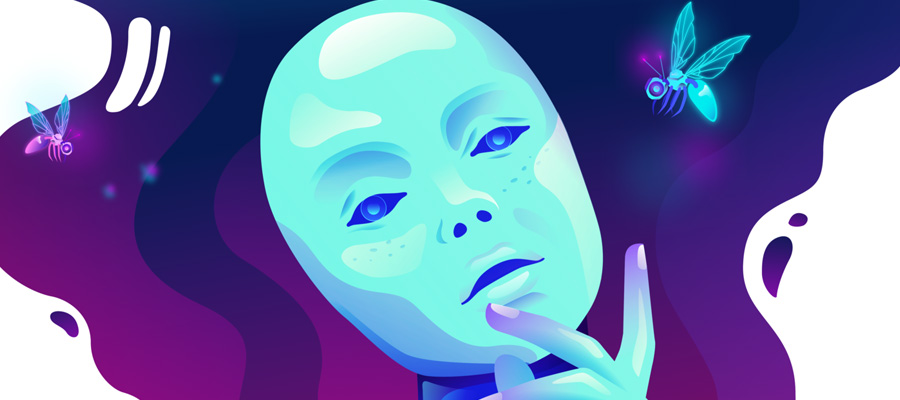
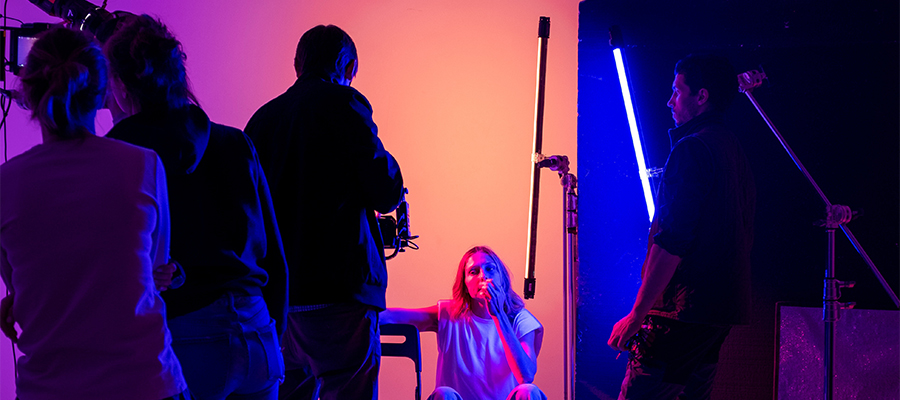
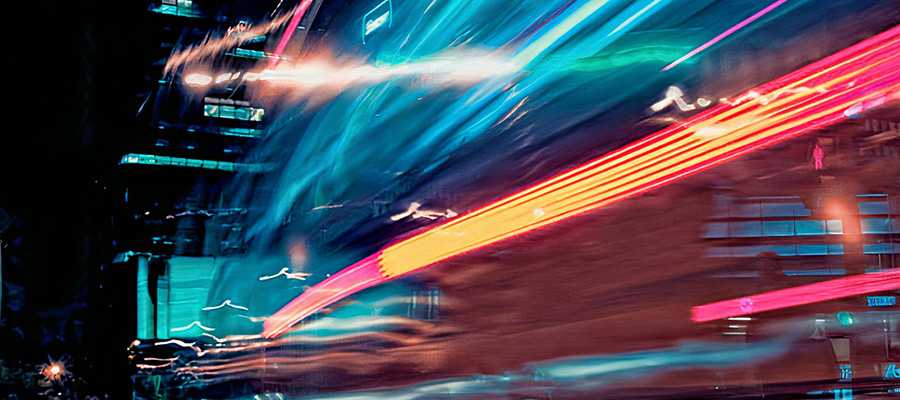
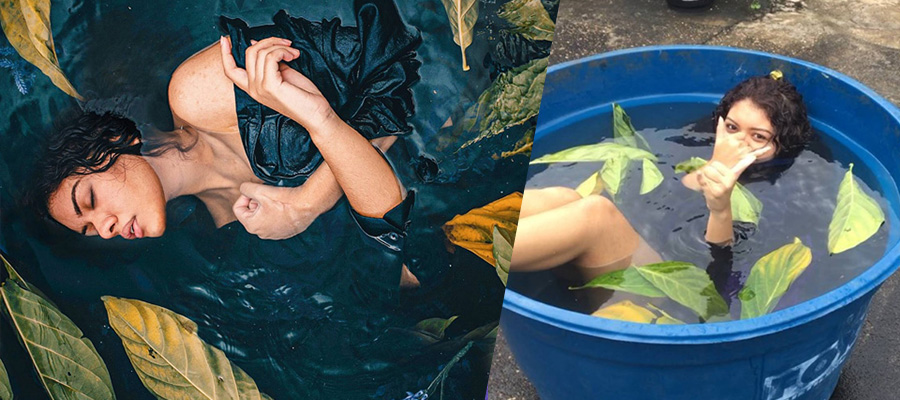
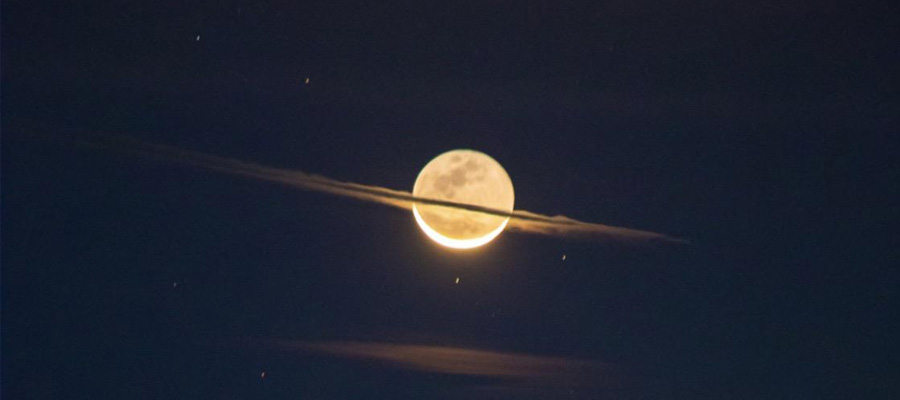

















Comments